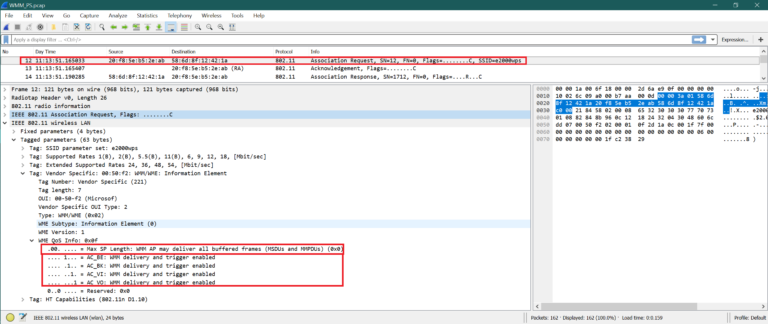
Validation of the proposed WMMS was performed with five able-bodied subjects performing a structured sequence of mobility tasks. These photographs were used to identify the context of mobility events (i.e., using an elevator, walking up/down stairs, and type of walking surface). The WMMS was designed to monitor a user’s mobility state and to take a photograph when a change of state was detected. The wearable system is freely worn on a person’s belt, such as a normal phone. This prototype WMMS was created using a smart phone-based approach that allowed for an all-in-one WMMS. This paper introduces a novel wearable mobility monitoring system (WMMS) for an objective ubiquitous measurement of mobility. This profile would include the environment and context in which the mobility takes place.

Ideally, a person’s mobility profile in a nonclinical setting, such as the home or community, could be obtained.

Understanding mobility is important for effective clinical decision making in the area of physical rehabilitation.


 0 kommentar(er)
0 kommentar(er)
